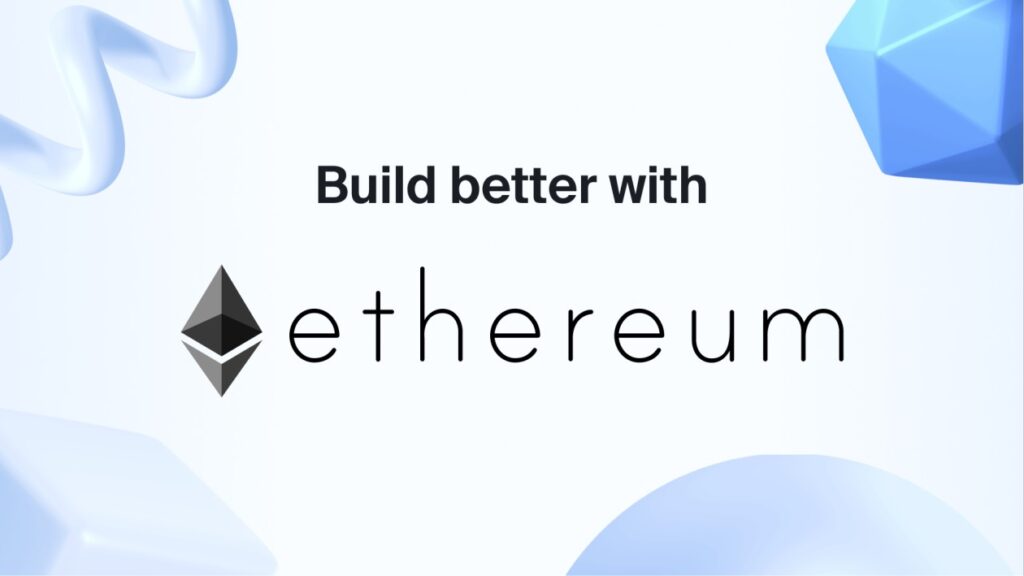How to Launch Your Own Cryptocurrency on Ethereum: A Step-by-Step Guide
Launching your own cryptocurrency on Ethereum is a practical way to enter the digital economy. This guide will show you how to create an ERC-20 token, set up your tools, write smart contracts, and deploy your token. Follow these steps to learn how to launch your own cryptocurrency on Ethereum.
Key Takeaways
- ERC-20 tokens are standardized assets on the Ethereum blockchain, promoting interoperability and simplifying the creation of new cryptocurrencies.
- Setting up a development environment involves installing essential tools like MetaMask, Node.js, NPM, and Truffle Suite to create and manage smart contracts effectively.
- Launching an ICO requires a well-defined smart contract, compliance with legal regulations, and a secure management strategy for investor funds.
Understanding ERC-20 Tokens
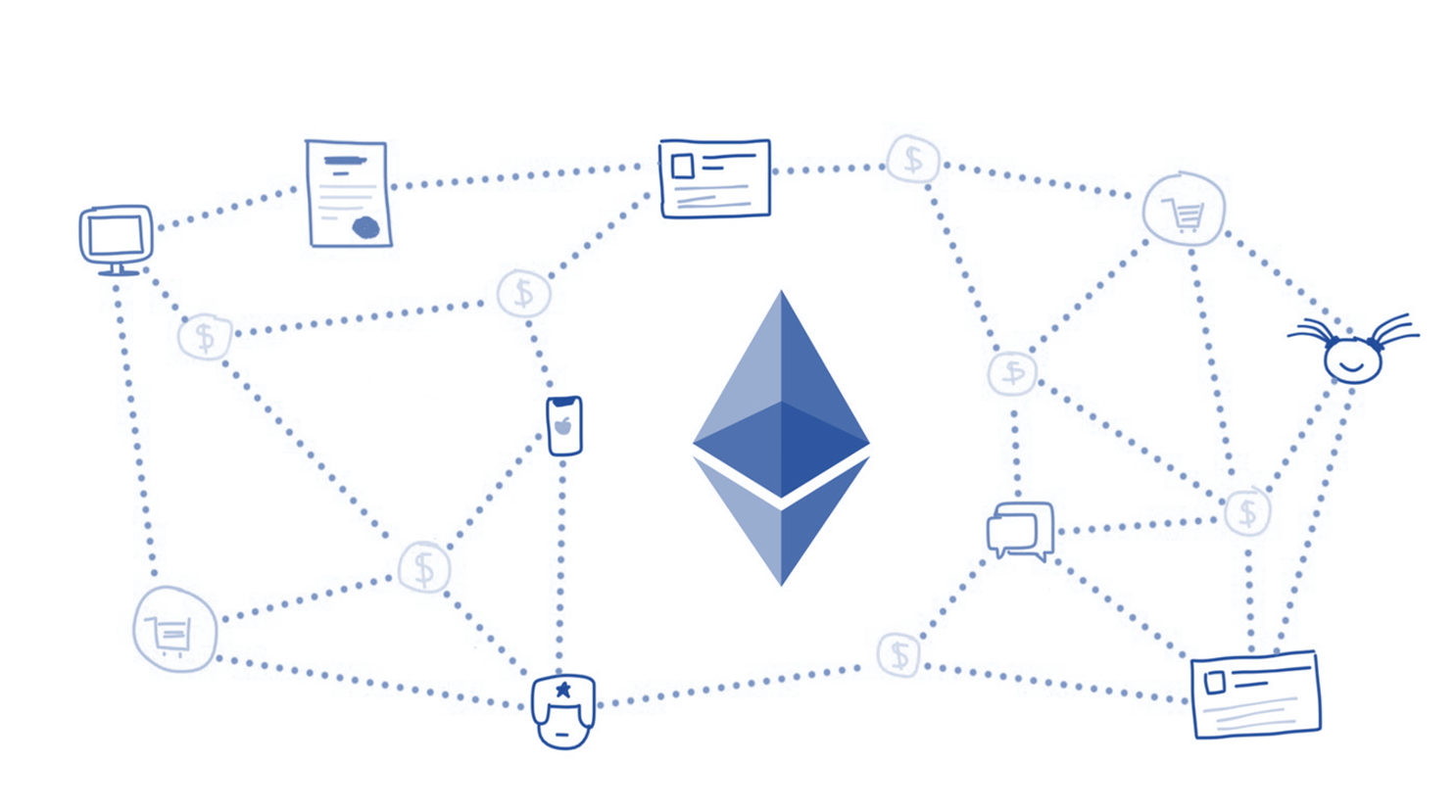
ERC-20 tokens are a cornerstone of the Ethereum blockchain, setting the standard for creating new cryptocurrencies. Introduced in 2015, the ERC-20 standard resolved interoperability issues among tokens on Ethereum by proposing a formal document known as the Ethereum Request for Comment. This standard ensures that tokens created on the Ethereum blockchain are compatible with other smart contracts, making them easier to use and integrate across platforms.
At their core, ERC-20 tokens are blockchain-based assets that can be sent and received, holding value in the digital economy, including ethereum tokens.
These tokens can represent a variety of digital assets, including:
- Digital Currency
- Stocks
- Commodities
- Membership Privileges
The fungibility of ERC-20 tokens means they are interchangeable, simplifying transactions for traders and investors.
The widespread adoption of the ERC-20 standard has significantly promoted interoperability, allowing for seamless interactions between different tokens and platforms. This standardization eliminates the need for developers to reinvent the wheel for each new token, streamlining the process of creating and managing digital assets on the Ethereum blockchain.
Key Features of ERC-20 Tokens
ERC-20 tokens must implement specific mandatory functions to comply with the standard, including total supply and transfer mechanisms. These functions create a common structure that facilitates the recognition and use of tokens across various platforms and wallets. The standard also includes optional features like token name and symbol, enhancing usability and user experience.
The standardized functions in ERC-20 tokens ensure that they can be recognized and used across various platforms and wallets. This common structure, defined by the ERC-20 standard, helps developers create tokens that can be easily integrated and managed within the broader Ethereum ecosystem.
Setting Up Your Development Environment
Before you start creating your own token, you need to set up a development environment. This involves creating a blockchain network, selecting a deployment region, and configuring an Ethereum environment with the necessary dependencies. Platforms like Alchemy can help you connect to the Ethereum network and manage your project configuration on a blockchain platform.
Building and managing smart contracts effectively requires installing several tools and libraries. These include MetaMask for managing your Ethereum account, Node.js and NPM for running JavaScript applications and managing dependencies, and Truffle Suite for writing, testing, and deploying your smart contracts.
Install MetaMask
MetaMask is an essential tool for connecting to the Ethereum blockchain and managing your Ethereum account. It acts as a bridge between your browser and the Ethereum network, allowing you to interact with smart contracts and decentralized applications.
Install MetaMask by adding it as a browser extension, locating the Fox icon, and connecting your wallet from the pop-up window.
Install Node.js and NPM
Node.js is crucial for running JavaScript applications, while NPM is used for managing libraries and dependencies. Visit the official Node.js website to download the installer for your operating system.
After installation, verify the setup by running ‘node -v’ and ‘npm -v’ in your command line interface.
Install Truffle Suite
Truffle Suite is a comprehensive framework for writing, testing, and deploying smart contracts on the Ethereum network. It helps manage the lifecycle of smart contracts, from compilation to deployment.
Download Ganache from the Truffle Framework website to create a personal Ethereum blockchain for testing.
Acquiring Test Ether
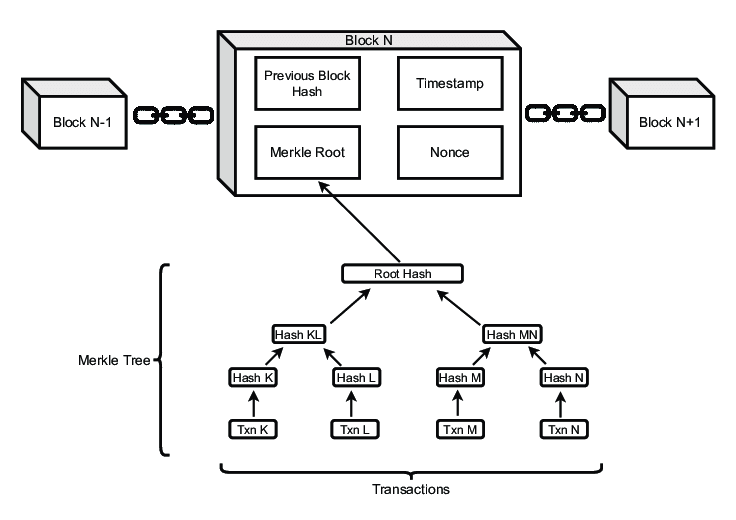
Deploying your smart contract on the Ethereum testnets requires test Ether. Test Ether is a form of cryptocurrency used to simulate transactions without spending real Ether. You can obtain test Ether for free using Ethereum faucets. Once you have test Ether, you can use it to deploy and test your ERC-20 token on the Ethereum testnet.
Connecting MetaMask to Ethereum testnets like Sepolia enables developers to deploy and test smart contracts without using real Ether. This process ensures that your smart contract behaves as expected before launching it on the main Ethereum network.
Using Faucets
Ethereum testnet faucets provide free test Ether by allowing users to enter their testnet wallet address. Navigate to the faucet website, select an option to receive ETH, and ensure you have sufficient test Ether to cover transaction fees when deploying your contract.
The QuickNode Multi-Chain Faucet can be utilized for the Ethereum Sepolia network. It’s an effective option for accessing funds.
Connecting MetaMask to Testnets
Ensure your MetaMask wallet is set to the Sepolia testnet before deploying your smart contract to connect to Ethereum testnets. This allows you to test your contract without using real Ether.
If Sepolia is not listed, you may need to add it manually in MetaMask.
Writing the Smart Contract

Writing a smart contract is a critical step in creating an ERC-20 token. ERC-20 token smart contracts are written in the Solidity programming language, designed specifically for developing smart contracts on the Ethereum platform. These contracts track key attributes such as the token name, symbol, total supply, and token ownership. It’s essential to test the smart contract thoroughly to ensure it behaves as expected before deployment.
The OpenZeppelin library provides a secure and community-audited collection of reusable smart contracts, making it easier to create a robust token smart contract. Importing the OpenZeppelin ERC20 smart contract provides predefined functions that you can customize to suit your needs.
Using OpenZeppelin Library
OpenZeppelin offers a secure library of reusable smart contracts, streamlining the development process. The library’s community-audited code ensures high security standards.
By importing the OpenZeppelin ERC20 smart contract, you can inherit essential functions and customize the token name and symbol as needed.
Defining Token Properties
Defining key token properties is crucial for your ERC-20 token’s functionality. These properties include the token name, token symbol, total supply, and decimals.
Defining token properties accurately ensures proper operation within the Ethereum ecosystem and prevents issues that might necessitate creating a new token.
Deploying the Smart Contract
Deploying your smart contract to the Ethereum testnet is the next step after defining your token properties. Review all the information, confirm the transaction in your wallet, and pay the associated fees to complete the deployment. Once deployed, the smart contract is immutable, ensuring security and trust in the cryptocurrency. The token contract address is vital for managing your token and performing future operations.
Compiling the smart contract is a crucial step before deployment. Ensure you are using the appropriate compiler version and address any errors that may arise during this process. Once compiled, use tools like Truffle’s deploy command to deploy the smart contract to the connected testnet.
Compiling the Smart Contract
The ERC-20 standard establishes a technical framework for writing smart contracts on the Ethereum blockchain. Ensure your smart contract is compiled without errors using a compiler version of at least 0.8.20.
If you encounter the error ‘This contract may be abstract’, select the correct contract in the Contract tab.
Deploying to Testnet
Deploy your smart contract to a testnet after successful compilation. Configure MetaMask to connect to the selected Ethereum testnet, such as Sepolia or Rinkeby.
Use Truffle’s deploy command to deploy your smart contract and verify the deployment.
Verifying Deployment
After deploying your smart contract, you will receive a block explorer link and the token address. Verifying your smart contract on platforms like Etherscan allows others to confirm the details of your contract.
This step ensures transparency and trust in your create token.
Interacting with Your Token
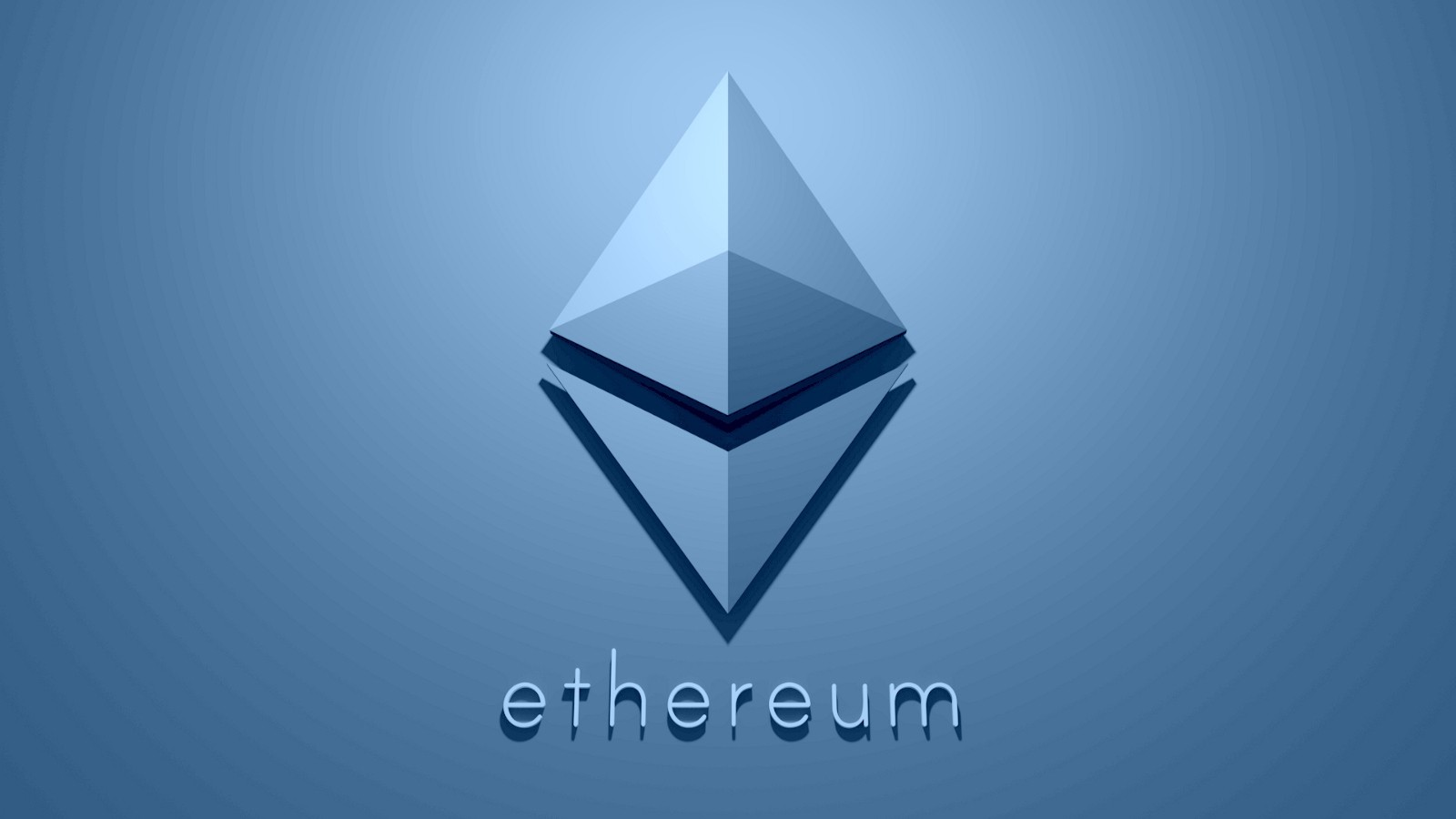
Interacting with your ERC-20 token involves various actions such as minting, transferring, and burning tokens. These operations are facilitated by the standardized functions defined in the ERC-20 standard, making tokens easily interchangeable and functional within the Ethereum ecosystem. Managing your token’s contract address allows you to perform essential operations and ensure proper behavior.
Minting new tokens increases the token supply, while transferring tokens allows you to send them as payment from one account to another. Burning tokens reduces the total supply, potentially increasing the token’s value by creating scarcity.
Minting Tokens
Mint your token by selecting the Mint option and inputting a value, such as 100. This action increases the address balance by the specified amount, incrementing the total token supply, starting from the initial supply.
Minting tokens is a straightforward process that can be managed through your smart contract.
Transferring Tokens
Transferring tokens using MetaMask is a simple process. Go to the Tokens section. Choose your token and then click on ‘transfer tokens’. Input the recipient’s wallet address and the number of tokens you wish to send. This process allows you to move tokens between accounts, facilitating transactions within the Ethereum ecosystem.
Burning Tokens
Burning tokens involves sending them to an address that cannot be accessed or spent, effectively removing them from circulation. This process reduces the total supply, which can create scarcity and potentially drive up the token’s value.
Implement a burn function in your smart contract to facilitate this process, often by transferring tokens to a zero address.
Launching an Initial DEX Offering (IDO)
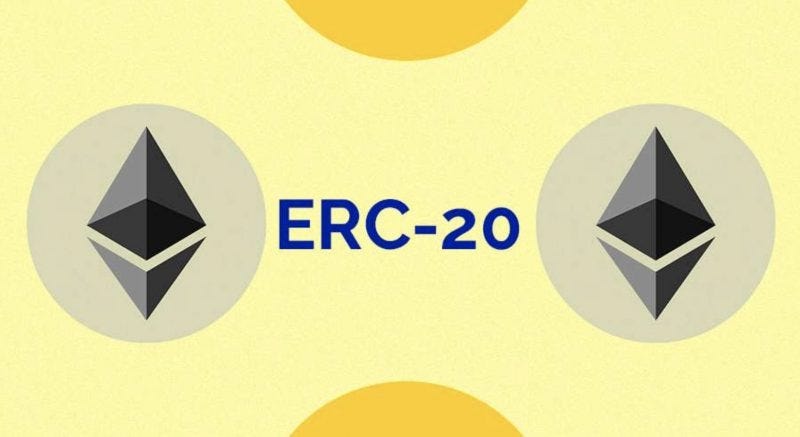
An Initial Dex Offering (IDO) is a fundraising method where a project releases its tokens via a decentralized exchange (DEX). Here’s a step-by-step guide to launching an IDO:
Prepare the Project and Token
- Develop a Solid Project: Ensure that your blockchain project has a clear value proposition, roadmap, and whitepaper.
- Create the Token: Develop and audit your token smart contract, typically on blockchains like Ethereum, Binance Smart Chain, or Solana. Make sure to define the tokenomics, including total supply, distribution, and vesting periods.
Choose a DEX and Launchpad
- Select a Suitable DEX: Choose a DEX platform that aligns with your project’s goals. Popular options include Uniswap, PancakeSwap, or SushiSwap.
- Pick a Launchpad: Many IDOs are conducted on launchpads like Polkastarter, DAO Maker, or Binance Launchpad, which offer marketing support, community engagement, and technical assistance.
Prepare for the IDO
- Smart Contract Deployment: Deploy your token smart contract and ensure it’s compatible with the DEX. Also, ensure the liquidity pool is prepared.
- KYC and Whitelisting: Some platforms require Know Your Customer (KYC) verification. Consider having a whitelist to control who can participate in the IDO.
- Marketing and Community Building: Build hype around your IDO by engaging with the community on social media, crypto forums, and through AMAs (Ask Me Anything).
Conduct the IDO
- Launch the Sale: On the IDO day, the tokens are sold to the public through the DEX at a predetermined price.
- Provide Liquidity: After the IDO, provide liquidity to the DEX’s trading pair, allowing participants to trade the token.
Post-IDO Management
- Token Distribution: Distribute the tokens to the participants as per the sale terms.
- Liquidity Management: Manage the liquidity and monitor the token’s market performance.
- Community Engagement: Continue engaging with your community, delivering on the project’s roadmap, and keeping investors informed.
Launching an IDO requires careful planning, technical preparation, and active community engagement to ensure success.
Smart Contract for IDO
Writing a smart contract for an IDO involves using the Solidity programming language to define the token’s behavior and properties. Key properties such as token name, symbol, and total supply must be specified.
Deploy the smart contract to a testnet for testing before launching on the main Ethereum network to ensure everything functions correctly.
Setting Up IDO Website
Setting up an IDO website facilitates token purchases and displays progress during the initial sale. Choose a platform that supports multiple payment options, including cryptocurrencies and fiat, to enhance accessibility for potential investors.
The website should also provide real-time updates on the number of tokens sold and available.
Managing IDO Funds
Managing IDO funds securely is crucial to protecting investors’ assets. Implement robust security measures to prevent loss or theft and maintain transparent communication with investors to foster trust.
Establish a clear strategy for distributing tokens after the IDO concludes to ensure investor confidence in the project.
Additional Resources and Support
Embarking on the journey of creating and launching your own cryptocurrency can be daunting, but numerous resources and communities are available to support you. OpenZeppelin offers a library of reusable and security-audited smart contracts that can significantly streamline your development process. Kaleido and other platforms provide video tutorials and detailed documentation to assist you every step of the way.
Educational resources like Coinbase Learn, Binance Academy, and Coindesk offer insights into digital currencies and blockchain technology. These platforms can help you deepen your understanding and stay updated on the latest developments in the cryptocurrency space.
Community Forums
Community forums are invaluable for exchanging ideas and staying informed about the latest trends in Ethereum and ERC-20 token development. Forums like the Ethereum Community and Reddit’s r/ethdev provide platforms for discussing coding challenges, development best practices, and updates on the Ethereum ecosystem.
Engaging with these communities can help you improve as a developer and stay connected with other enthusiasts.
Developer Tools
Developer tools are essential for streamlining the token creation process. Platforms like Token Tool simplify token creation, while forums like Ethereum Stack Exchange and Reddit offer spaces for developers to ask questions and share knowledge.
Utilizing these tools and engaging with the community can enhance your technical expertise and help you navigate challenges more effectively.
Summary
Creating your own cryptocurrency on the Ethereum blockchain is a rewarding journey that combines technical skill with innovative thinking. From understanding the basics of ERC-20 tokens to setting up your development environment and writing smart contracts, each step is crucial to successfully launching your token. The guide has walked you through acquiring test Ether, deploying your smart contract, and interacting with your token, ensuring you have a comprehensive understanding of the process.
Launching an ICO can be a powerful way to raise funds and bring your vision to life. By following best practices for managing ICO funds and leveraging additional resources and community support, you can ensure the success and security of your cryptocurrency project. This journey is just the beginning, and with the right knowledge and tools, you are well-equipped to explore the vast potential of digital currencies.
Frequently Asked Questions
What is an ERC-20 token?
ERC-20 tokens are standardized digital assets on the Ethereum blockchain, facilitating the exchange of diverse assets or rights efficiently. They adhere to a set of rules that ensures compatibility within the ecosystem.
Why do I need test Ether?
You need test Ether to deploy and test smart contracts on Ethereum testnets safely, as it allows you to experiment without the risk of using real Ether. This is essential for ensuring your contracts work correctly before going live.
How do I install MetaMask?
To install MetaMask, simply add it as a browser extension, which will allow you to manage Ethereum accounts and interact with smart contracts seamlessly.
What is the purpose of burning tokens?
Burning tokens serves the purpose of reducing the total supply, which can increase their value by creating scarcity. This mechanism helps enhance the token’s market demand and stability.
How do I launch an ICO?
To successfully launch an ICO, you need to create a smart contract for your token sale, establish a professional website, and implement secure fund management practices. This ensures a trustworthy and efficient process for potential investors.

